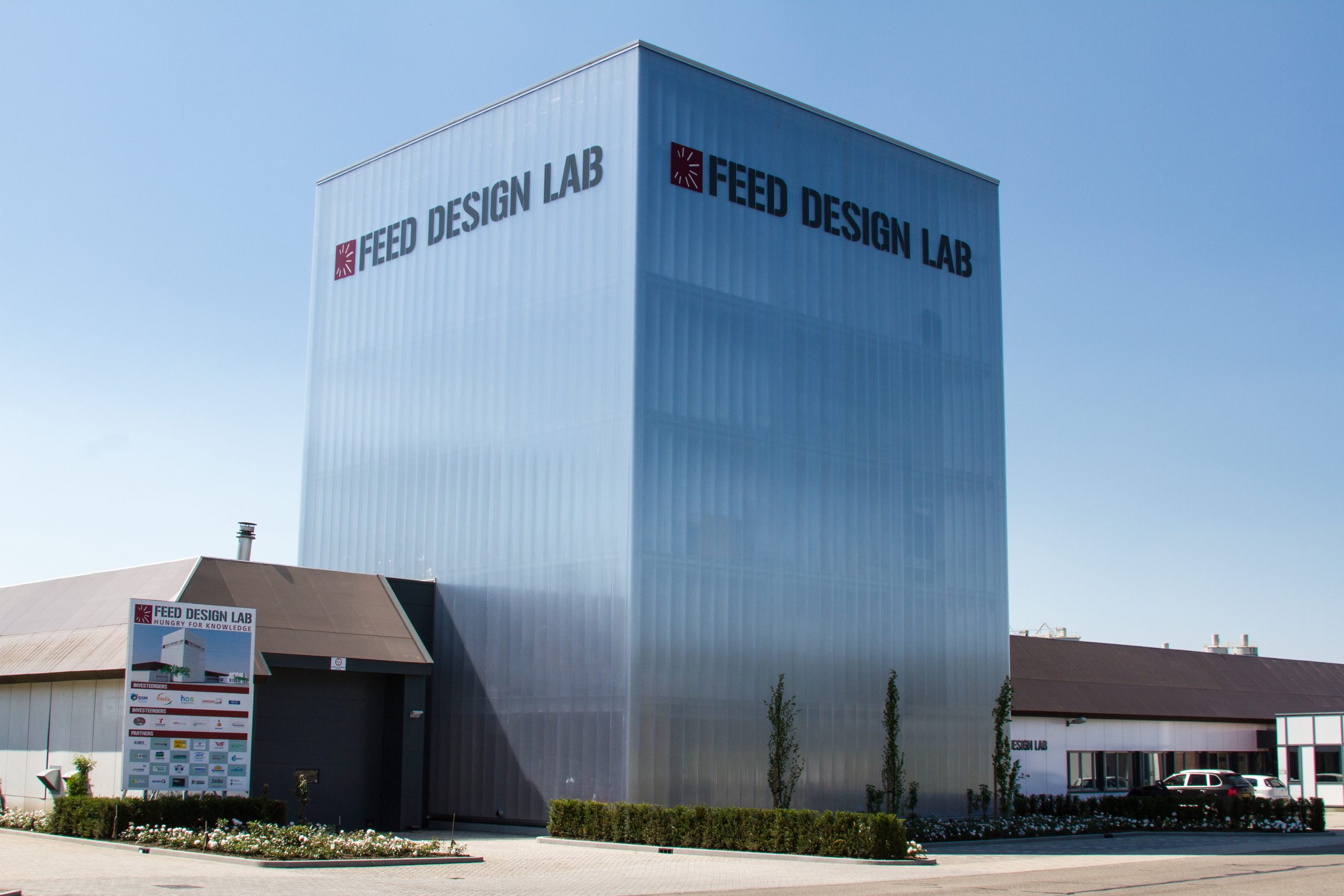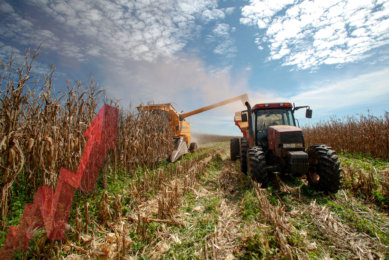How do you deal with wet and novel ingredients?

The Feed Design Lab is an unique pilot plant where new feed processing techniques and ingredients can be tested. All About Feed talked to feed process technologist Eric Vissers and director Trudy van Megen about the challenges of using wet and new ingredients in livestock feed and what the future holds for feed processing.
The Feed Design Lab (FDL) is an independent innovation centre in Wanssum, the Netherlands. It focuses on the development of a test facility with state-of-the-art feed production equipment and technology, a Training Centre for practical and theoretical education on animal feed technology and, the creation of a ‘Community’ where companies in the feed value chain, government, education and research can network and develop a sustainable animal protein production chain by 2020. FDL has been running for three years now (officially opened in 2014). Trudy van Megen and Eric Vissers have been involved in FDL from the very beginning.
Can you explain the mission of FDL and what it has accomplished in the last few years?
“Our mission is to be the main research and education centre for innovation and sustainability in the animal feed industry. Companies can become members of the FDL and this number has grown from 20 (in 2014) to 86 today. In the pilot plant, we have carried out around 60 different tests. These ranged from simple trials with experimental diets to technological tests with different variables in recipes and settings of steam, temperature, pressure, etc. We also deal with a number of joint projects with partner companies, focusing on hot topics in the industry such as algae in chicken feed, algae as a health promoting additive, processing of mealworms, processing rapeseed meal and fibre rich products and the use of fruit and vegetables (waste streams) in animal diets. With different partners, we have also looked at digestion studies where soy and fishmeal have been completely replaced by Black Soldier Fly larvae and algae. Wet feed ingredients with high moisture contents is an issue for the (dry feed) industry and the equipment is often not accustomed to it. Therefore, we focus on developing machines that can deal with these wet raw materials.”

What have been the main big changes in the way we produce feed pellets?
“We haven’t got that far yet as in big changes, but there are certainly some improvements here. For example, we have equipment installed that can be added directly to the conditioner to be able to process raw materials with a high moisture content. This means these raw materials do not have to be dried first before they can be further processed. This can be applied for processing larvae, tomato residues, fish remains, algae, etc. To do so, equipment has been developed that can reduce the product homogeneously (by using a cutting mill) and can hence dose them accurately (via a dosing unit). FDL is also seen as an innovation platform for her partner companies. Just recently, we have installed the POWLI (a dosing unit able to convert concentrated, dried micro-components into a liquid form) in our pilot plant. This is considered a true innovation when it comes to the dosing of powders”.
Are you conducting any studies regarding energy reduction in the feed mill?
“At the moment, FDL is mainly concentrating its activities on new feed ingredients and process technology and not (yet) on finding solutions to reduce energy consumption in feed processing. However, we do want to address this important topic in the coming years.”
Do you receive a lot of questions regarding the use of new ingredients and how to process them?
“Definitely. We have had a number of graduate students and interns at FDL who delved further into this, mainly focusing on insects and algae. The latter was a study that looked at the possibilities of completely replacing (nutritional) soy and fishmeal with algae and insects. The results have been presented to the partners of FDL last year. Moreover, feed additives producers are very active in testing new molecules/feed additives in our plant. These additives are tested for their heat stability during pelleting and how they behave in the vacuum coater and POWLI for example.”

There is more interest in using big data in the feed mill. Do you see potential here?
“The use of big data in the feed mill is very important. We are moving towards feed mills that have no staff and personalised feeding concept for animals. This requires in-line measurements of nutritional values of the feed during the whole processing time. The (big) data gained must then be interpreted correctly. Next May, we will organise a feed technology event for our partners where this issue will be high on the agenda. We want to discuss the possible next steps that FDL, with its partners, can take and how our pilot plant can invest in gaining knowledge on the use of big data”.
Hygiene in the feed mill is important. Do you think Europe will have to deal with stricter feed processing rules in the future (e.g. Salmonella free feed)?
“Regarding the Netherlands, I have noticed that huge steps have been made. The distance between the feed quality standards and food quality standards is becoming smaller. With the application of GMP + and HACCP, companies are constantly encouraged to think about hygiene (from operator to director) and this is not a voluntary thing. Also, Lean Six Sigma (a hot item nowadays), will certainly contribute here. Lean Six Sigma is a method for organising quality and efficiency improvements. I also see a growing use of feed cleaning equipment and Long Term Conditioners in feed mills.”
Why is co-operation and sharing knowledge so important in the feed industry and how do see the role for FDL In this?
“The major issues on new feed materials, new corresponding process technology, and automated processes ask for a joint approach. In joint projects, a fruitful connection can be established between both the processing sector (animal feed production), raw materials (premix, additives- and raw material suppliers) and process technology. This mix of different expertise and experience increase the probability that solutions can be found for problems and, more importantly, that these solutions will actually be implemented to make feed production better, more efficient and more sustainable.”











